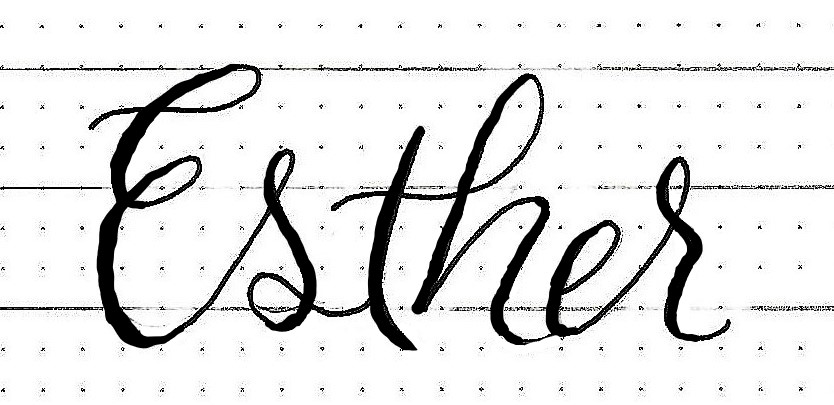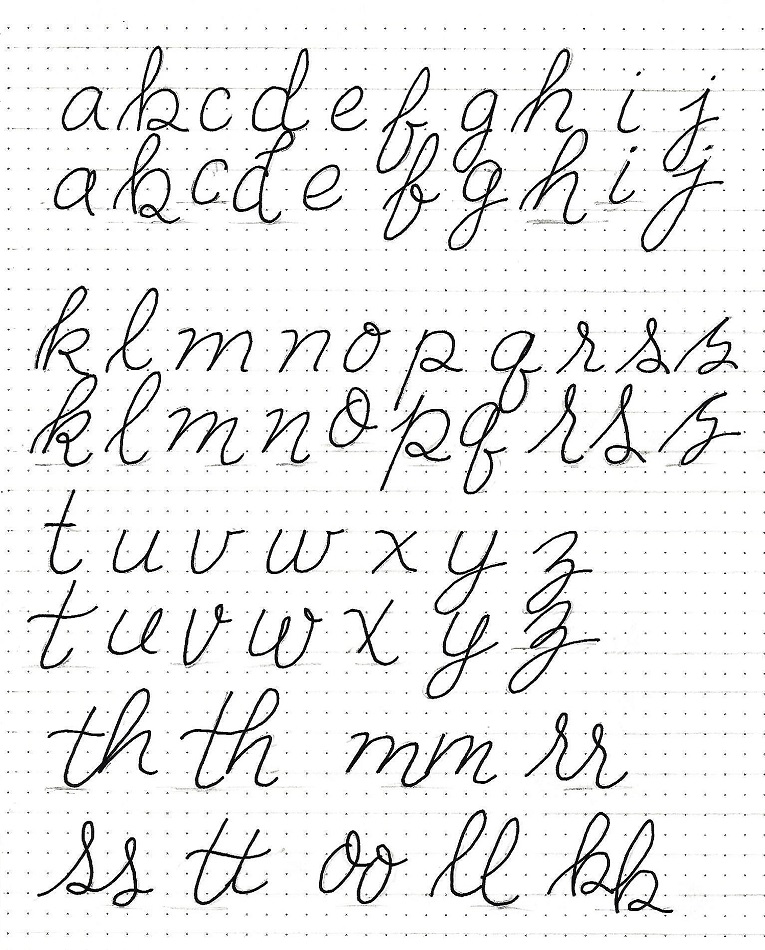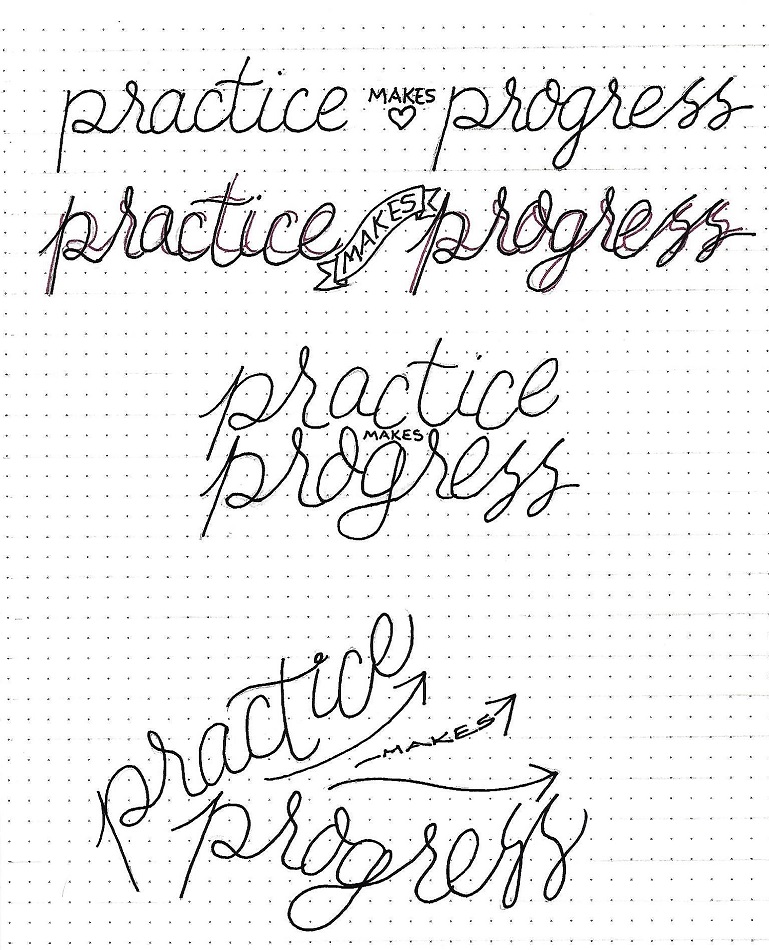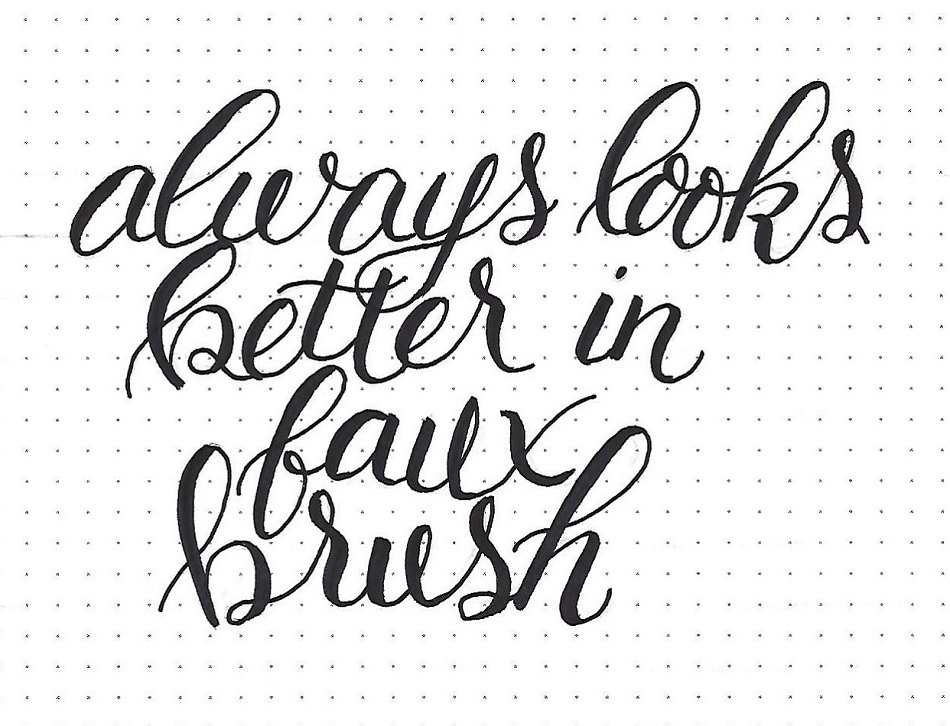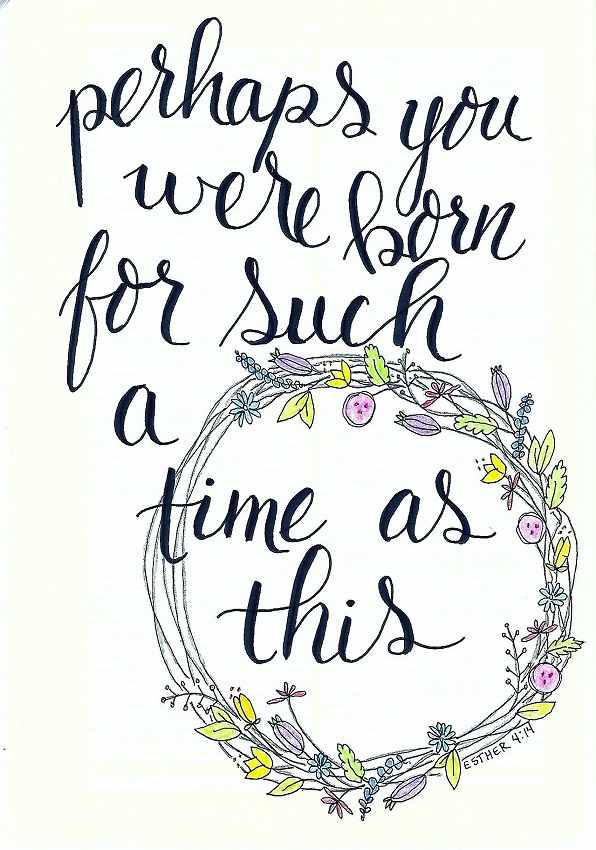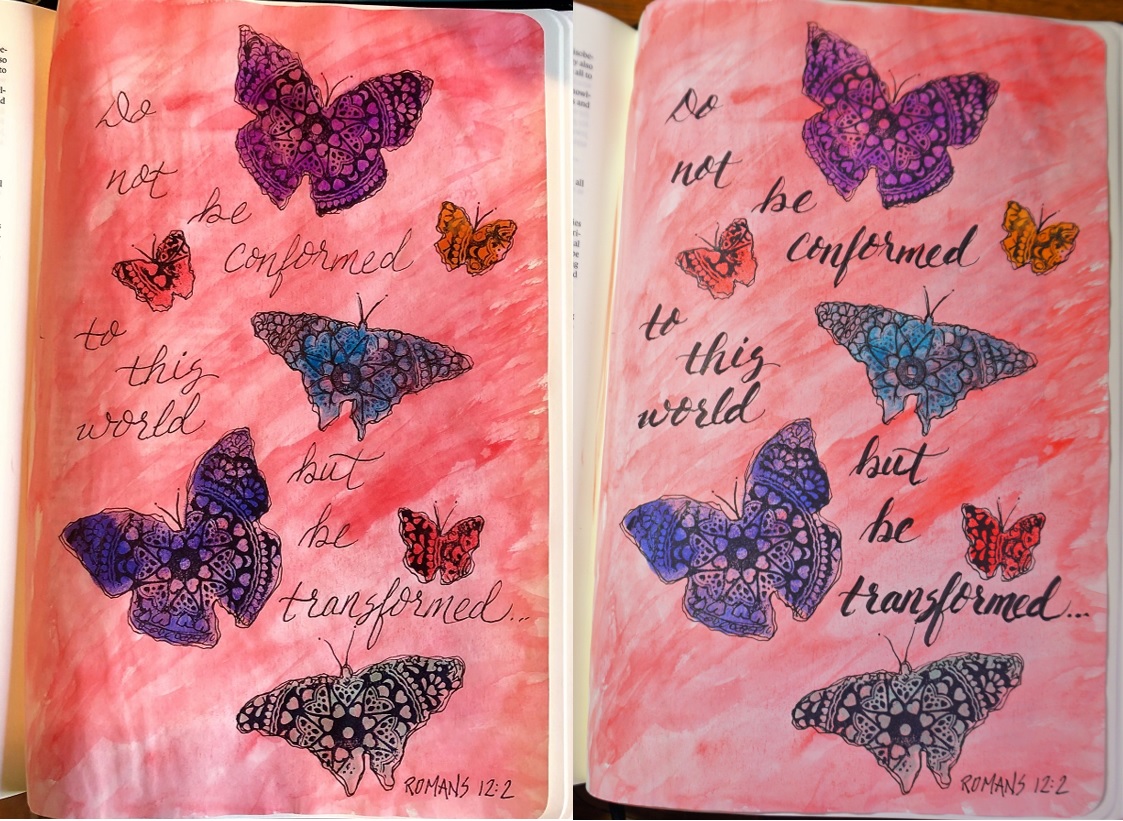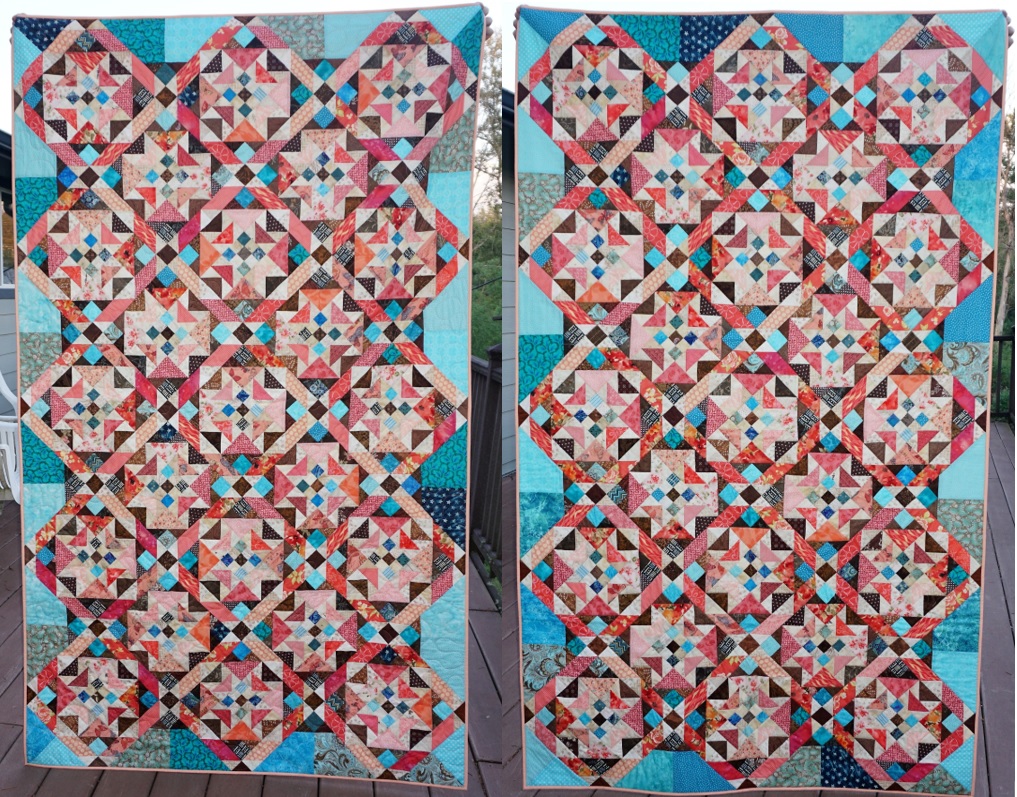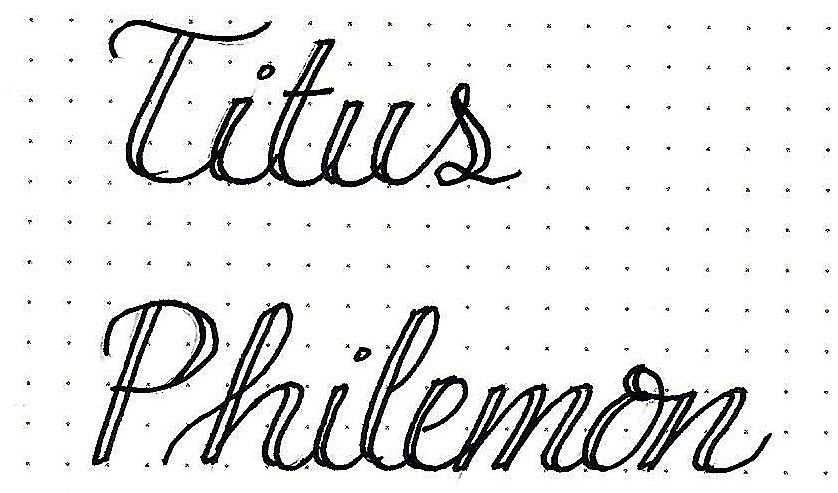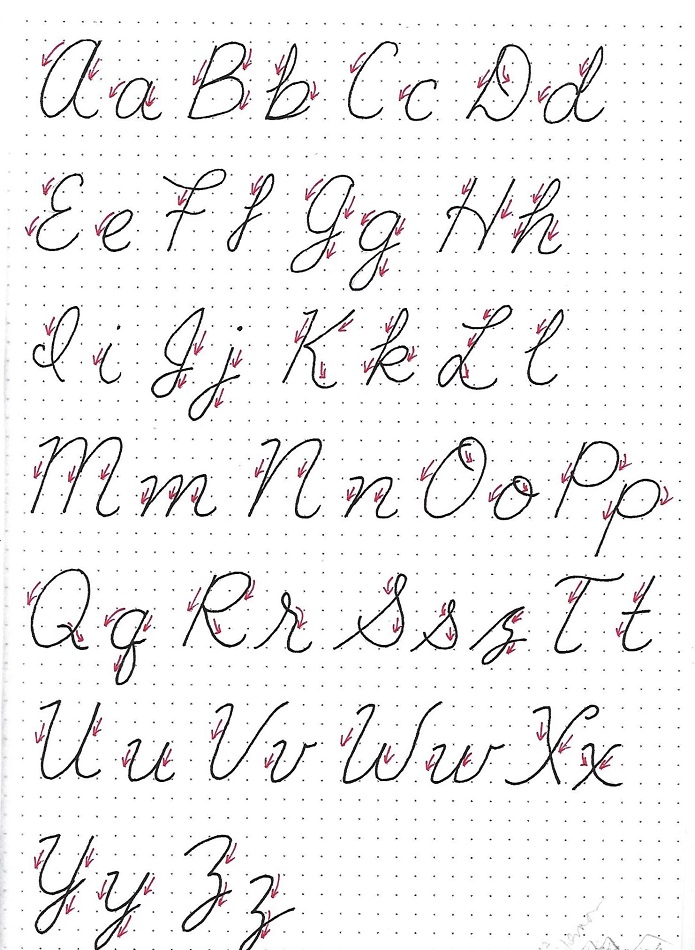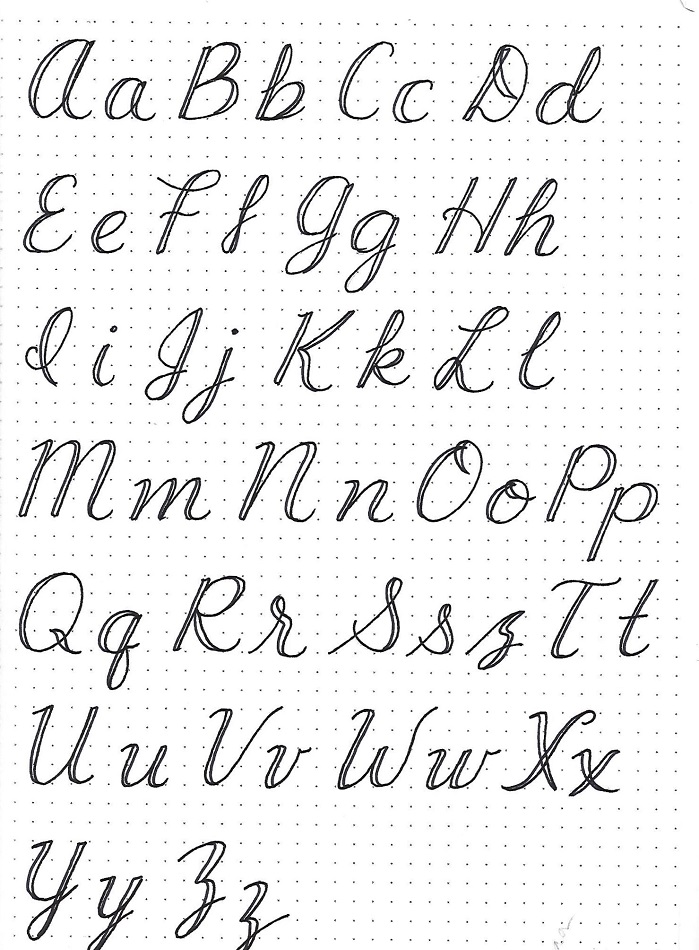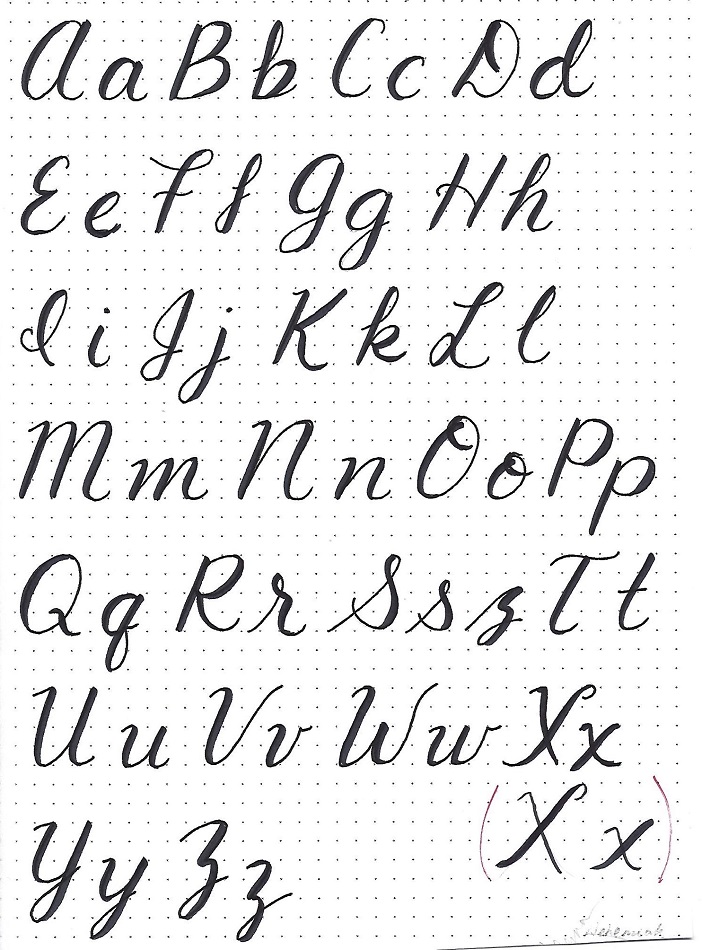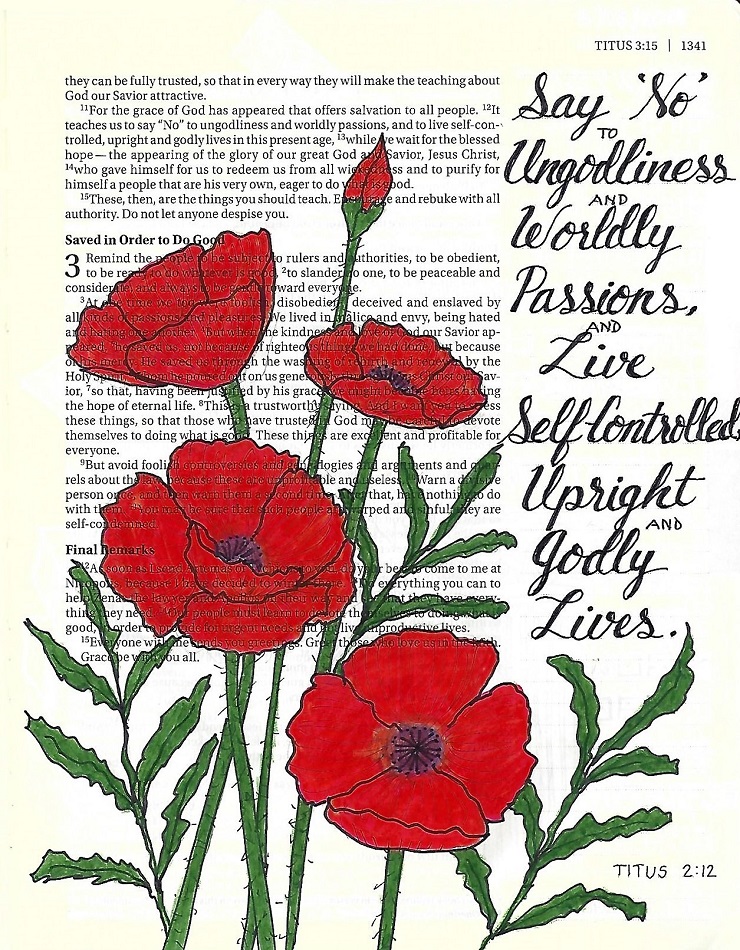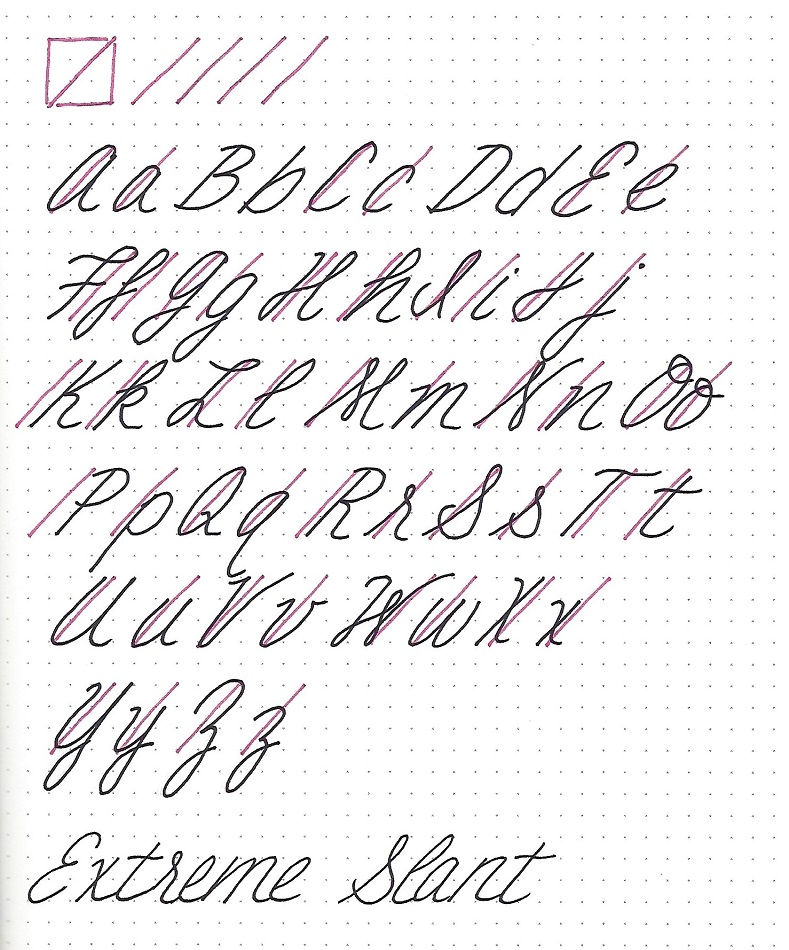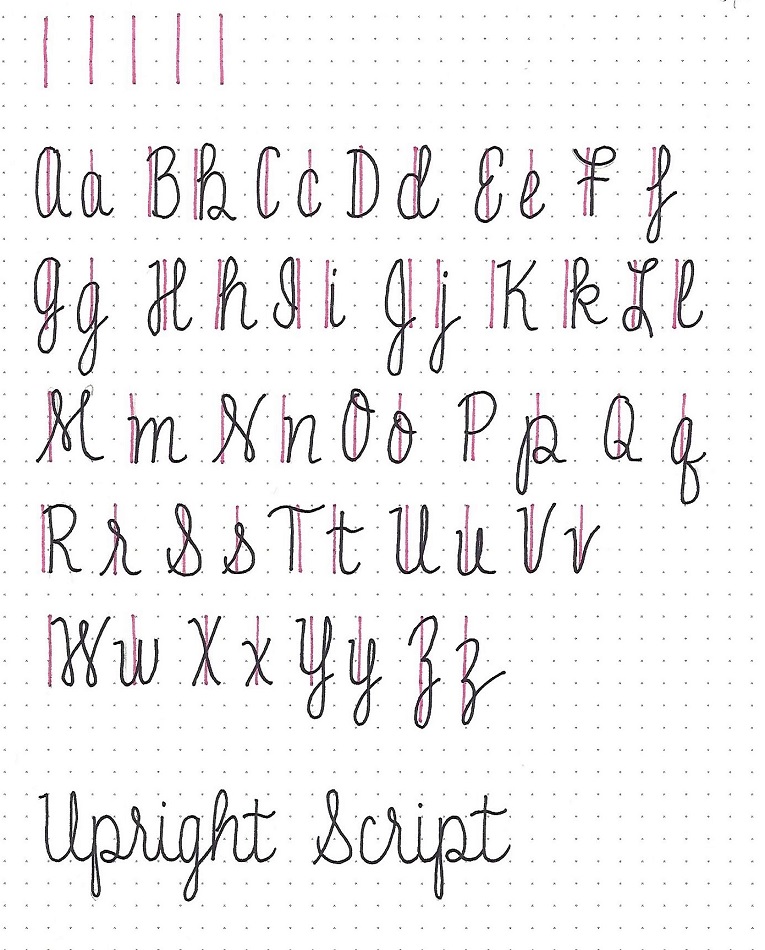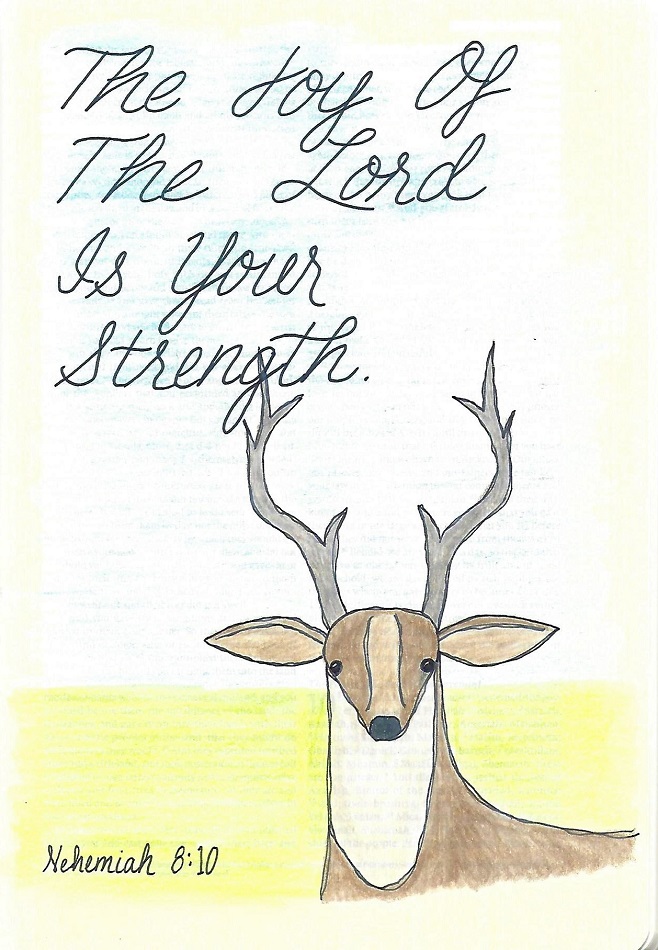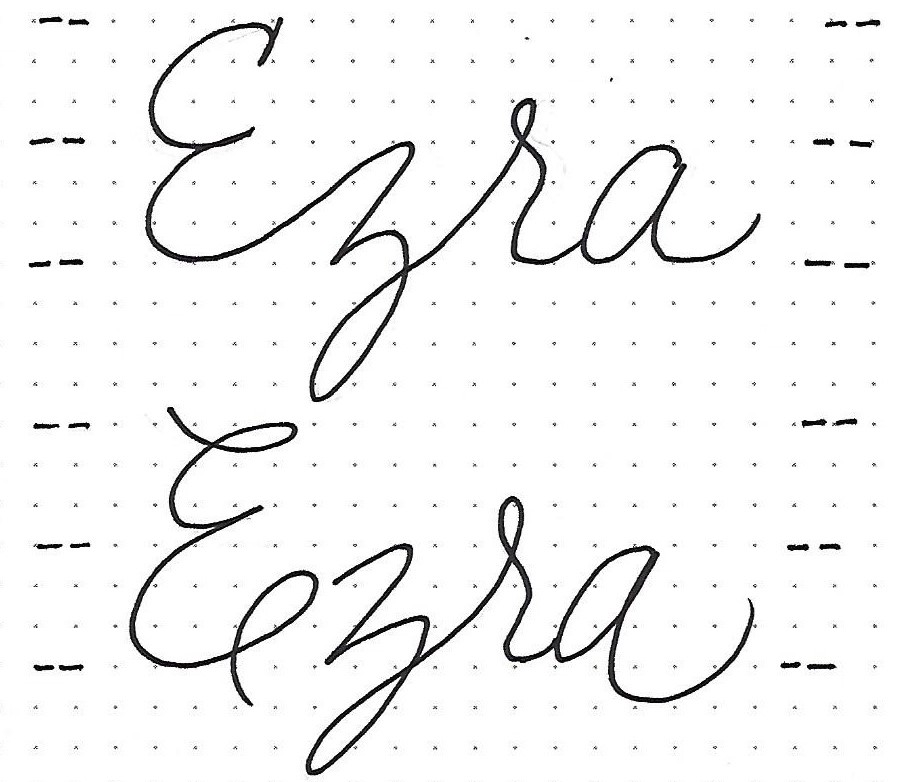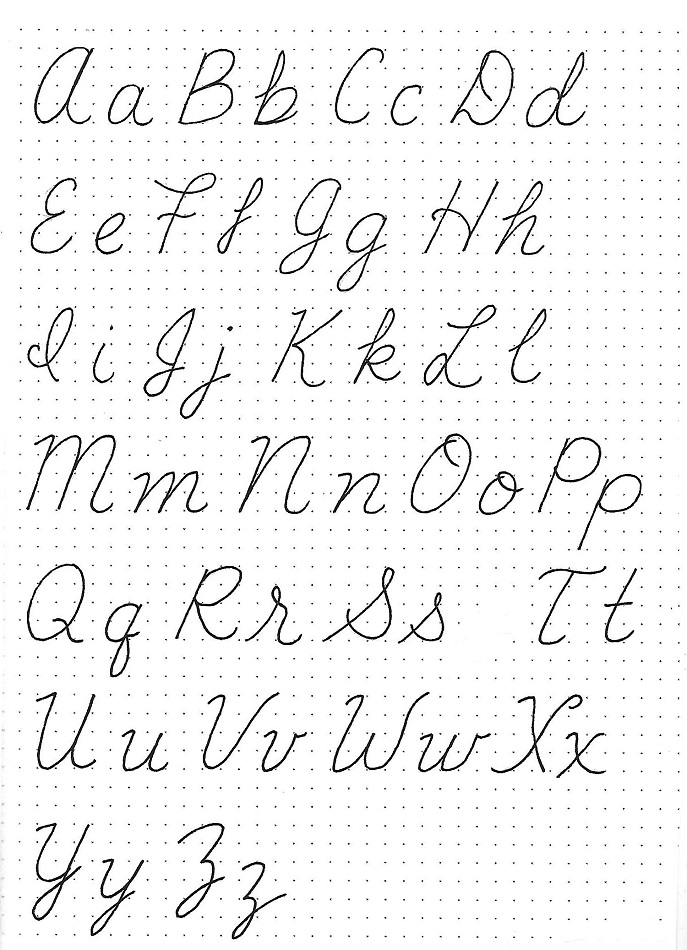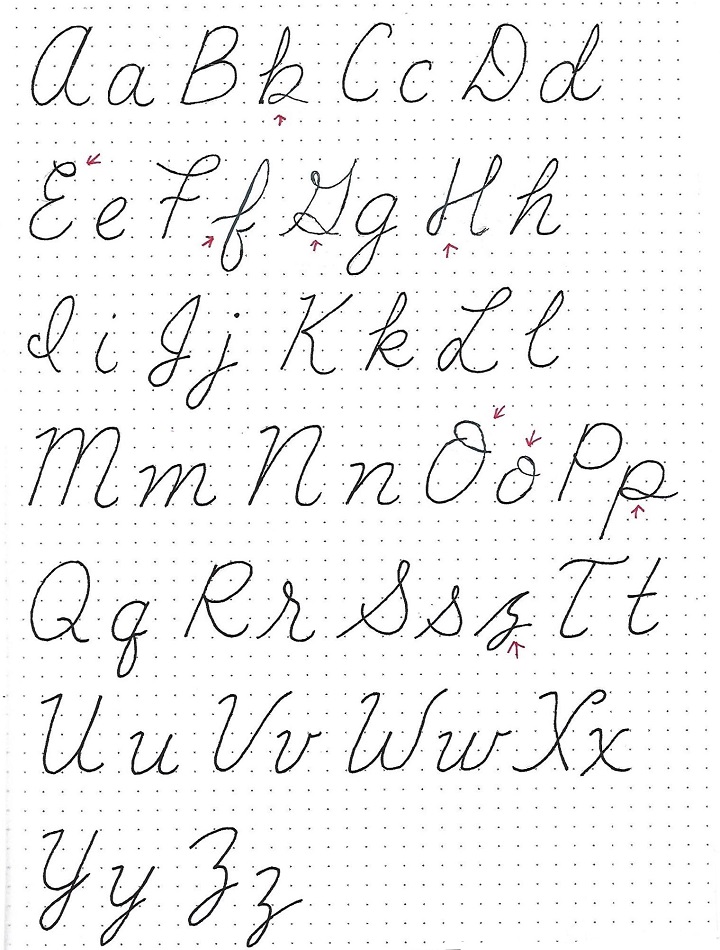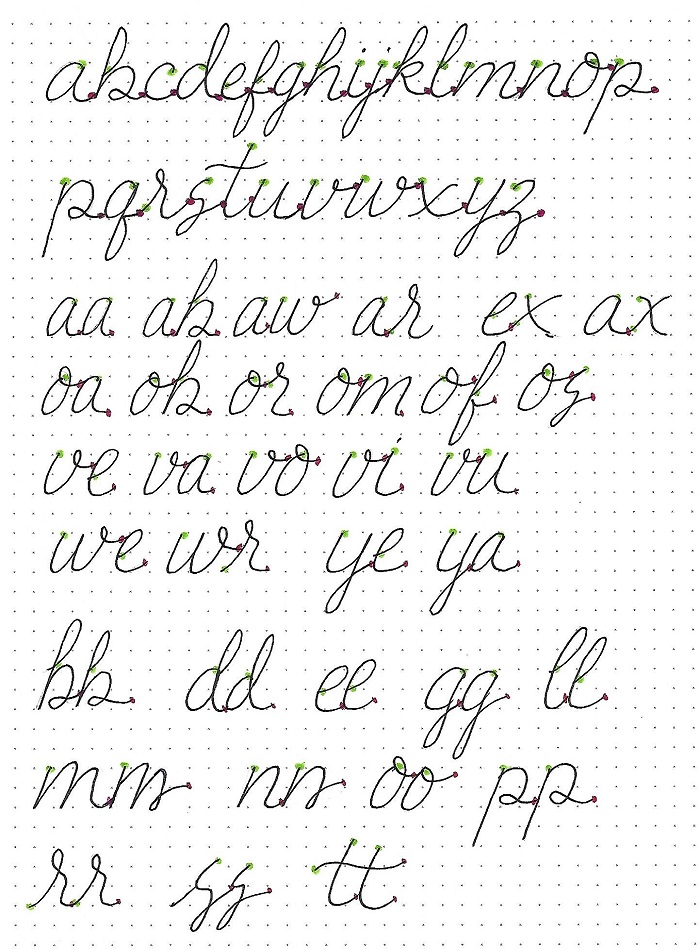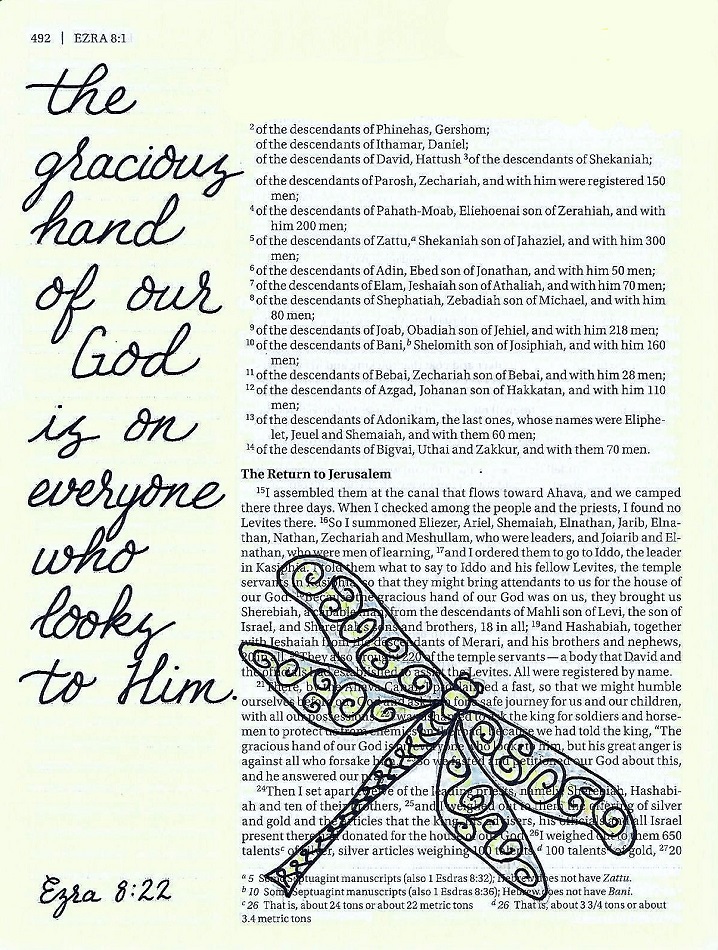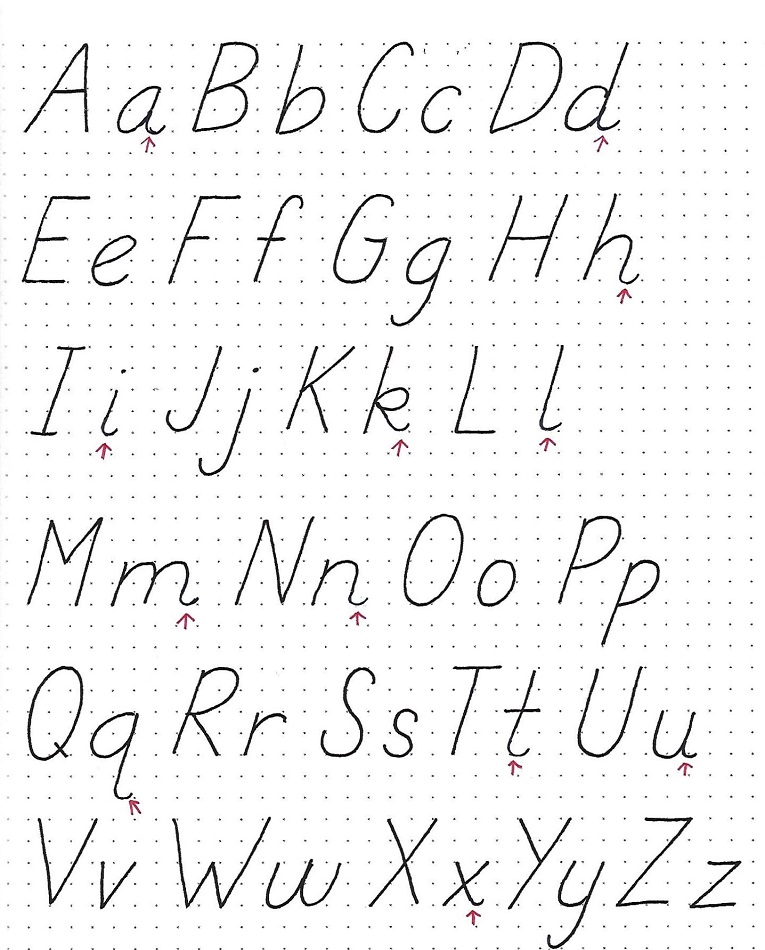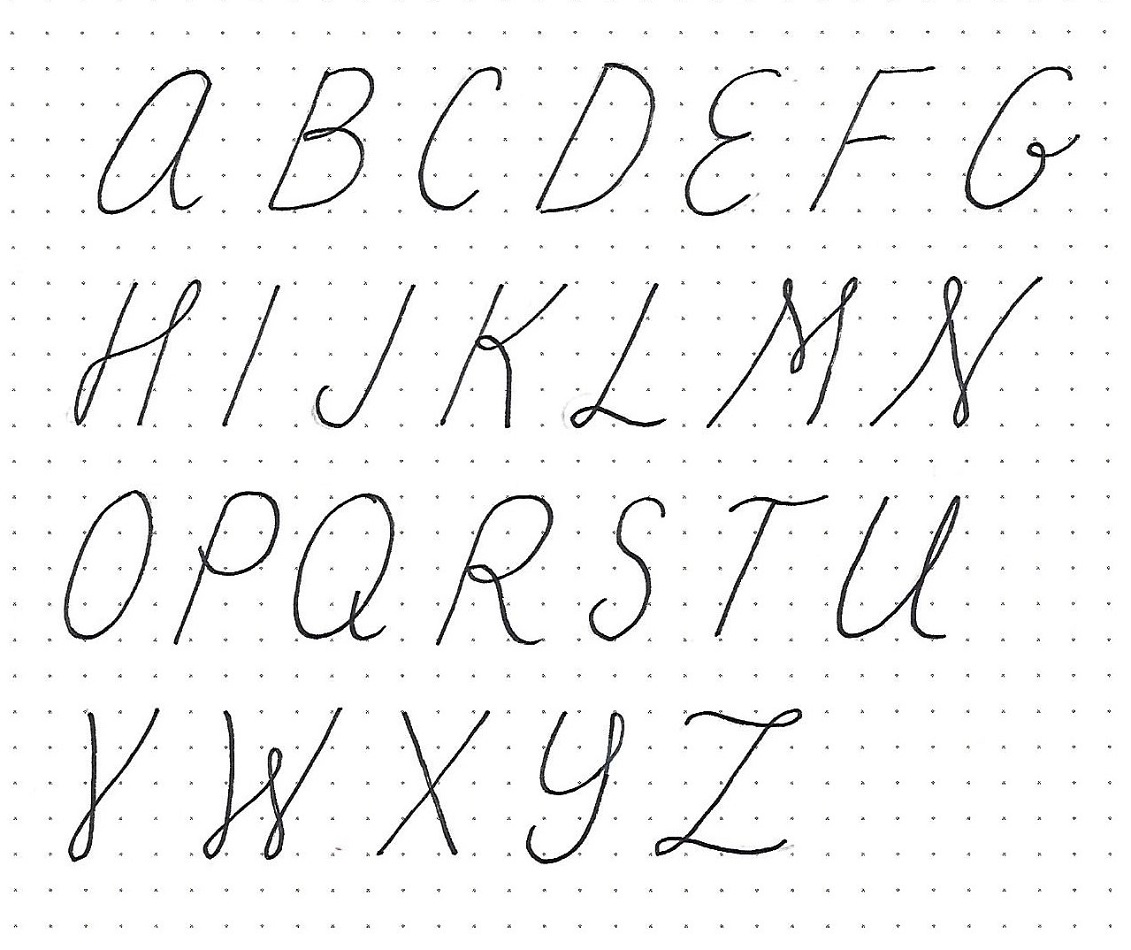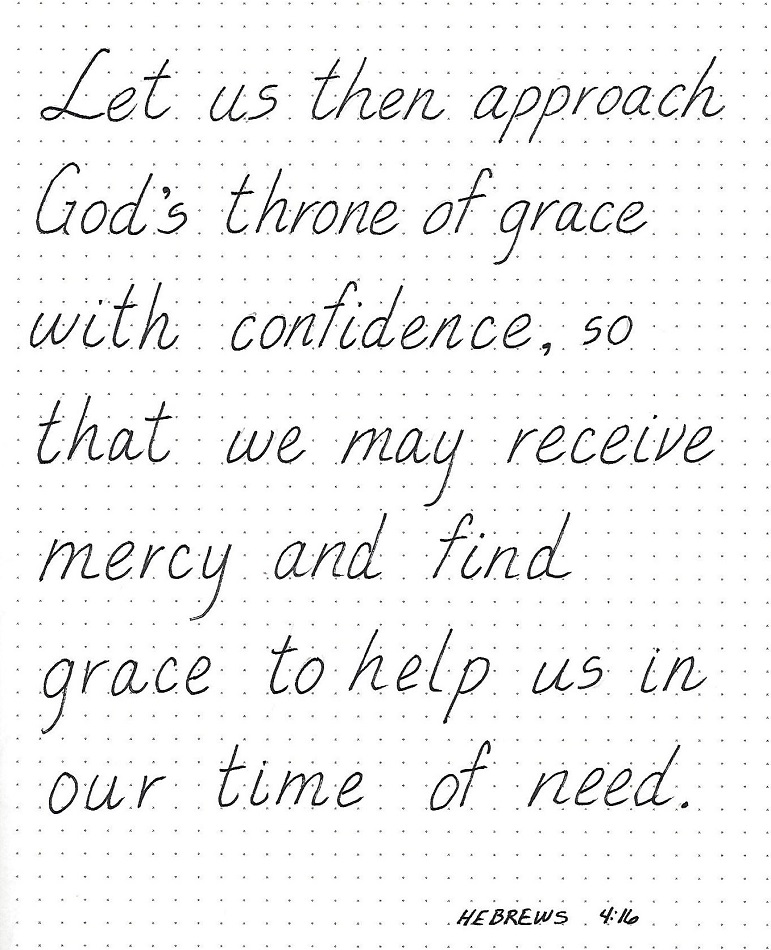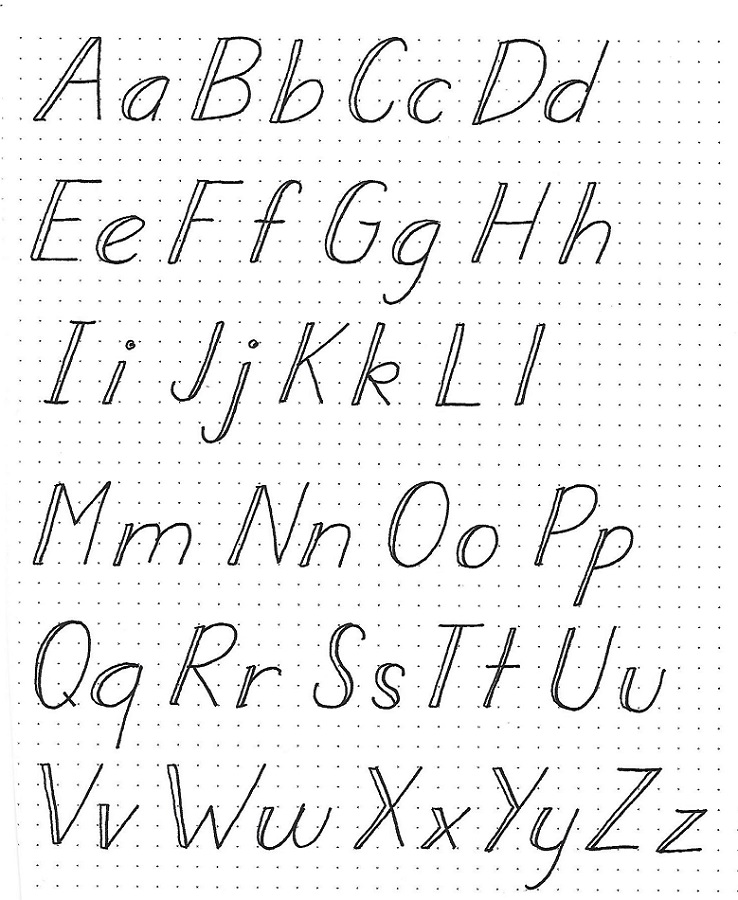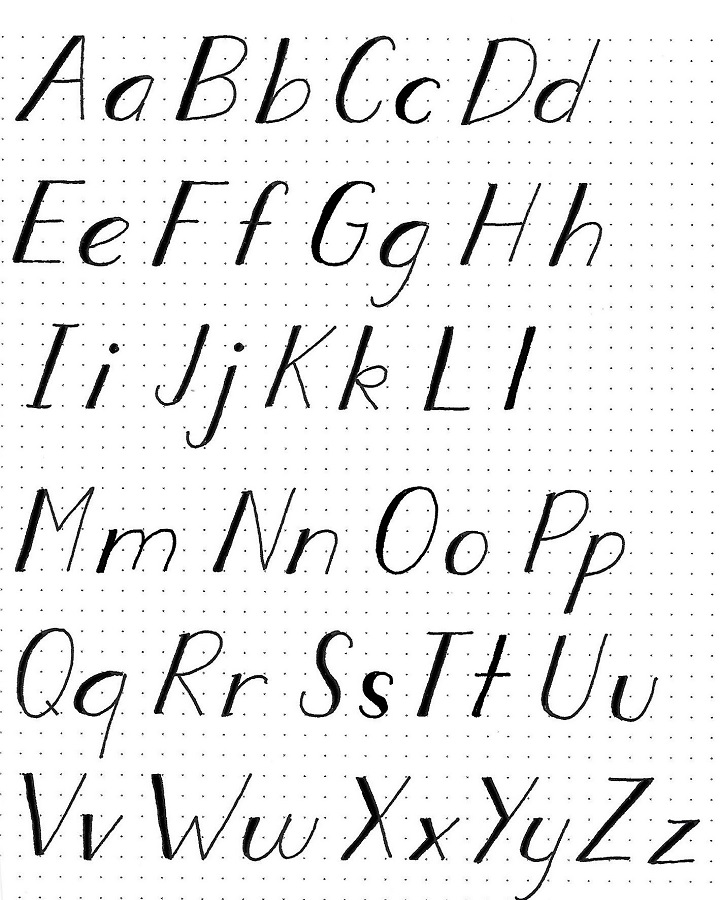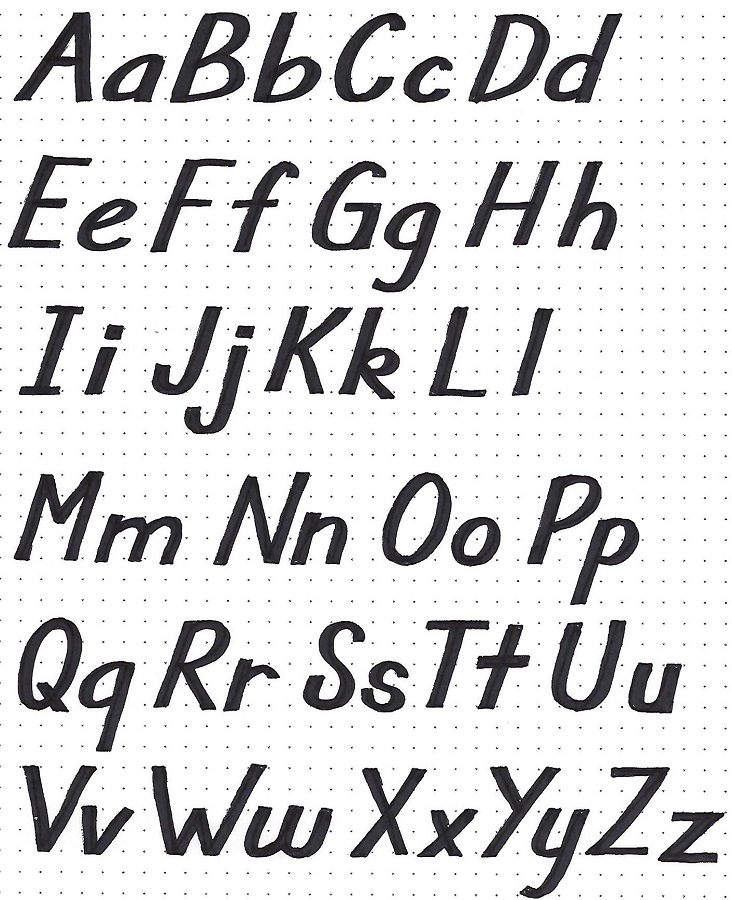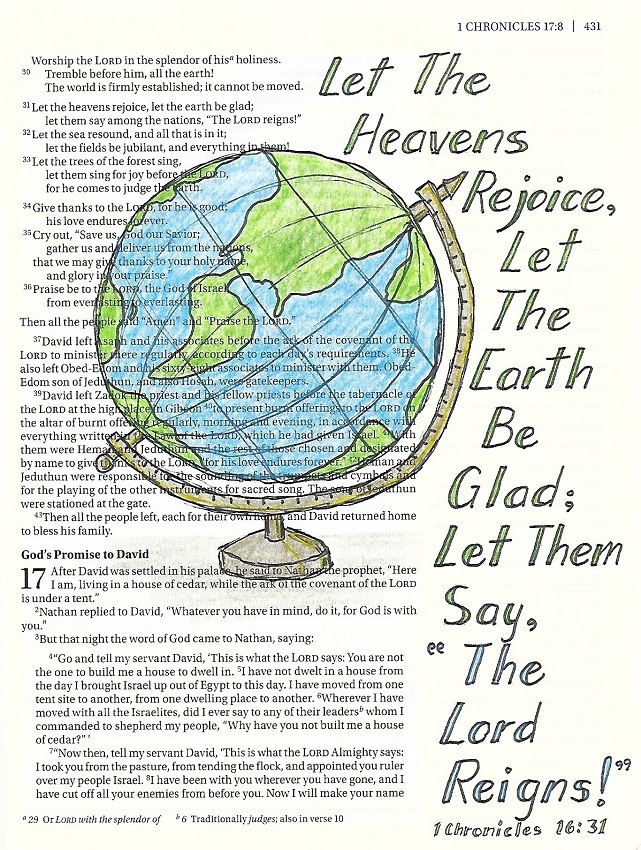Advancing In Skills At Retreat
Topic: Bible Journaling
This past weekend I went to a bible journaling retreat in southern Oregon with 13 other ladies from around the PNW and other states.
Several of us taught classes to the others - My contribution was lessons based on my Drawing Room tutorials and Lettering Lodge series. Great success!
Though I don't have anything to show from that, I do have pictures of the final bible pages from the other lessons.
This first page is 2 Corinthians 5:12 in my interleaved bible. Products/processes: gelato background, printed vellum tipin, washi tape borders, napkin technique using Mod Podge. This combined two of our lessons.
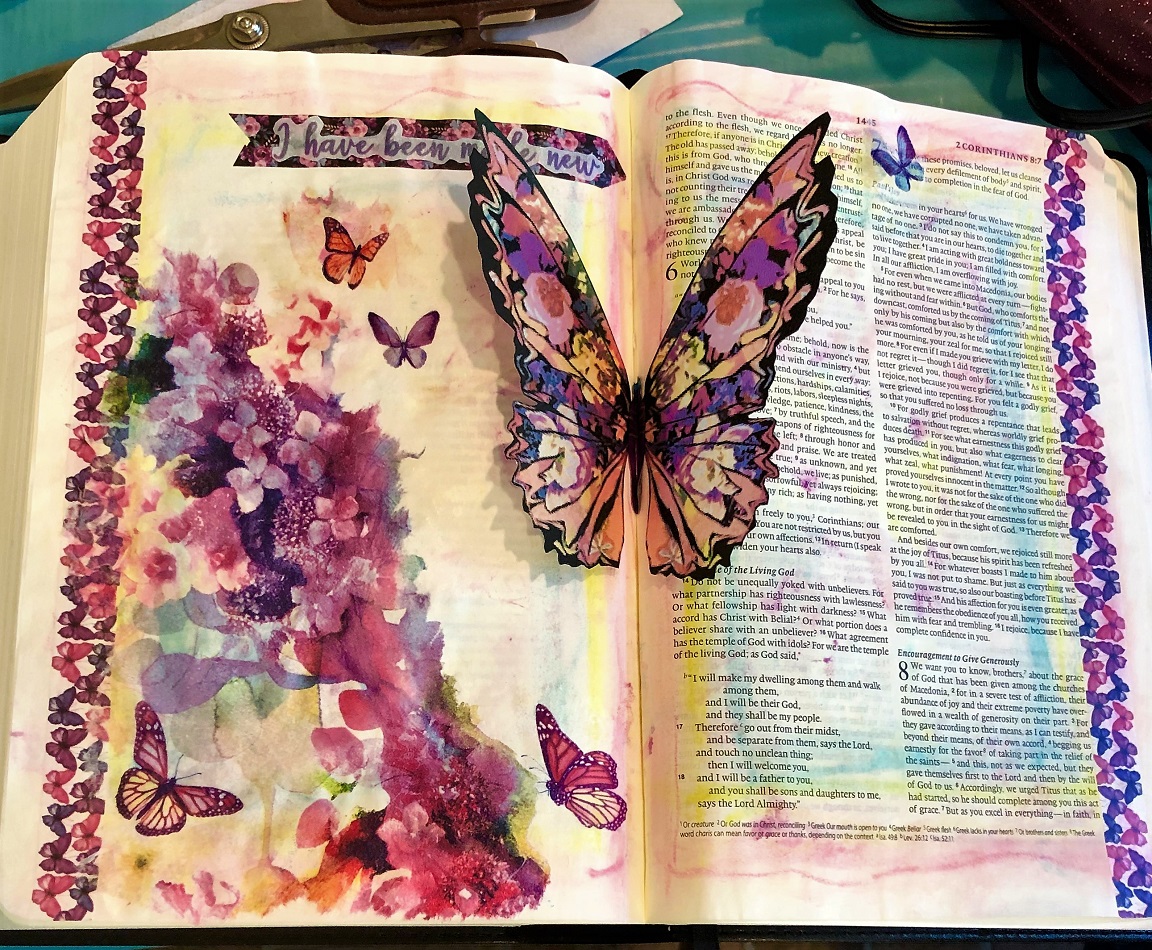
Next is also in my interleaved bible in Romans 12:2.
It uses a watercolored background, Distress Inks through stencil, A doily stamp applied through stencil, pen outlining and lettering.
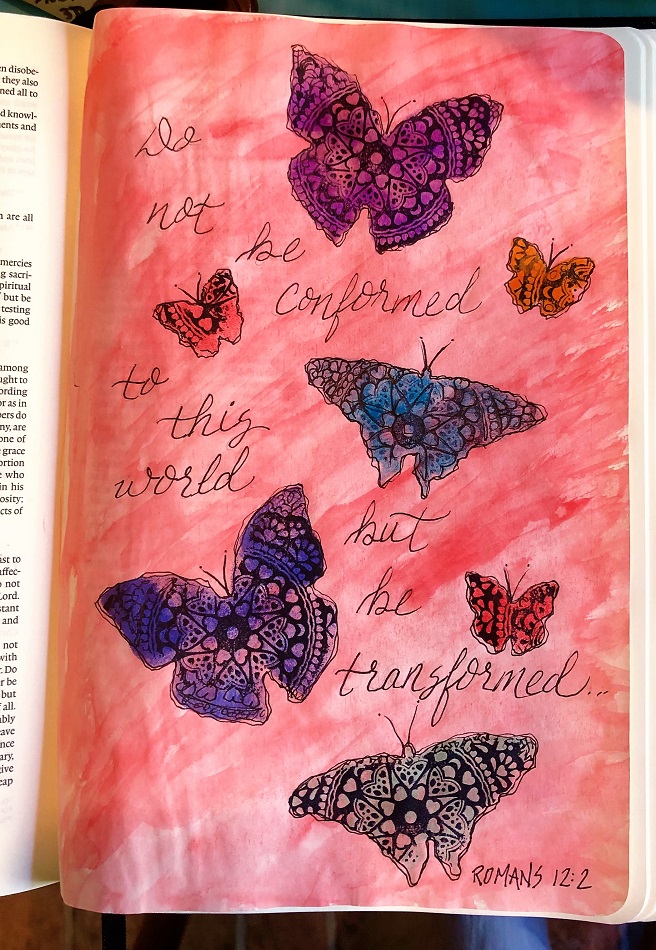
For Lamentations 3:22-23 in the interleaved bible I used gelatos and baby wipe, lettering with brush pen and pen.
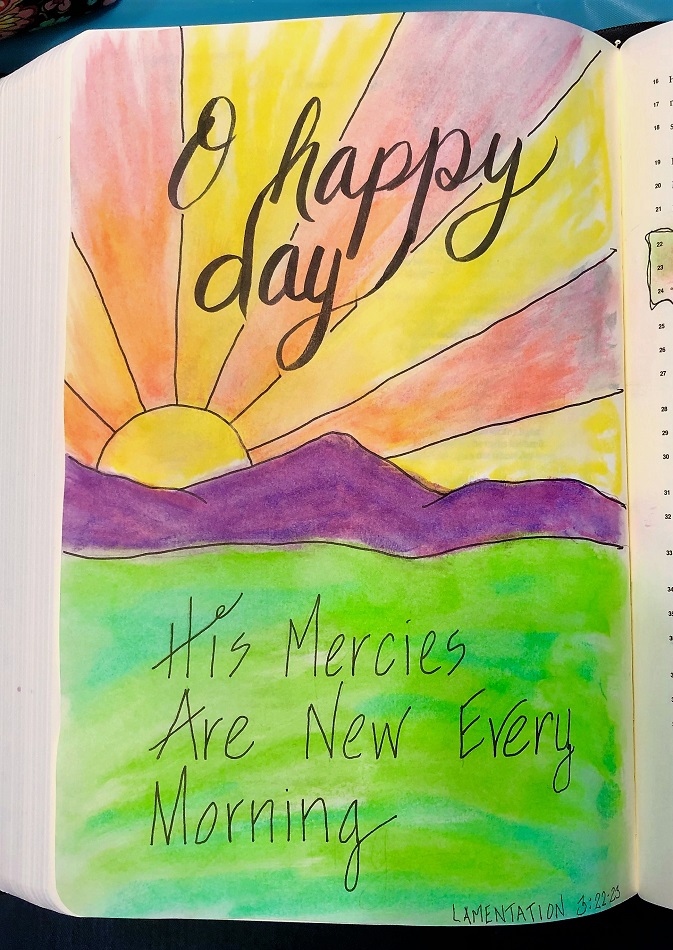
Next up was Psalm 51:10 in the interleaved bible.
First up was gelatos and bubble wrap! Then I drew in the rope with pen, made drips with watercolor and a straw, distressed the edges of the cutout shapes using Distress Ink pads, glued the music hearts and fabric heart only enough to keep them in place while allowing them to be free at the bottom. I made tiny clothespins with skinny washi tape. The bottom steip is Him Holtz tissue tape. Watercolor shading on the clouds.

We then made a tag with a napkin technique that utilized Saran Wrap to aid in placement. Embellished with washi tape, strips of pearls and bling, lace and ribbons.
I haven't lettered on mine yet.
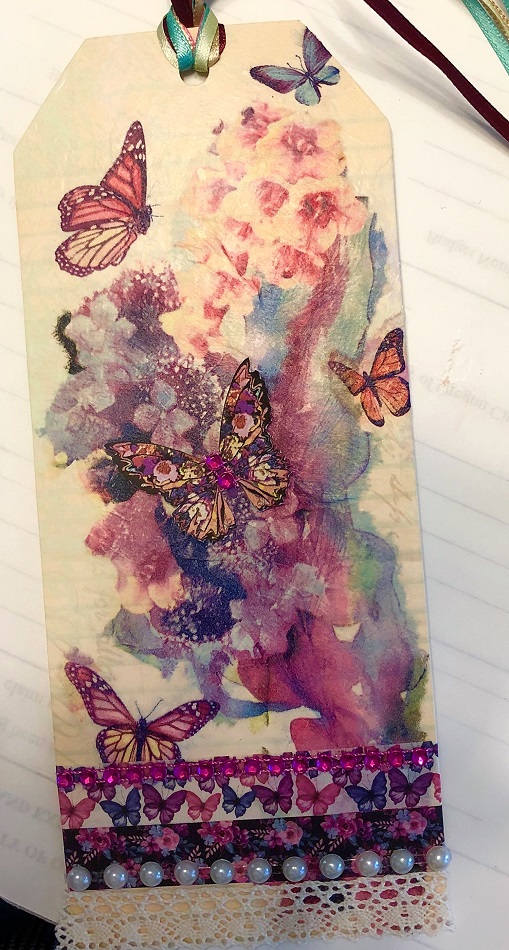
We then were given a variety of papers and pockets to fold and nest. These were then center-stapled to create a 'junk journal'. Materials included strips of torn fabric to attach to big paper clips.
I have not used any of the pages in mine yet.
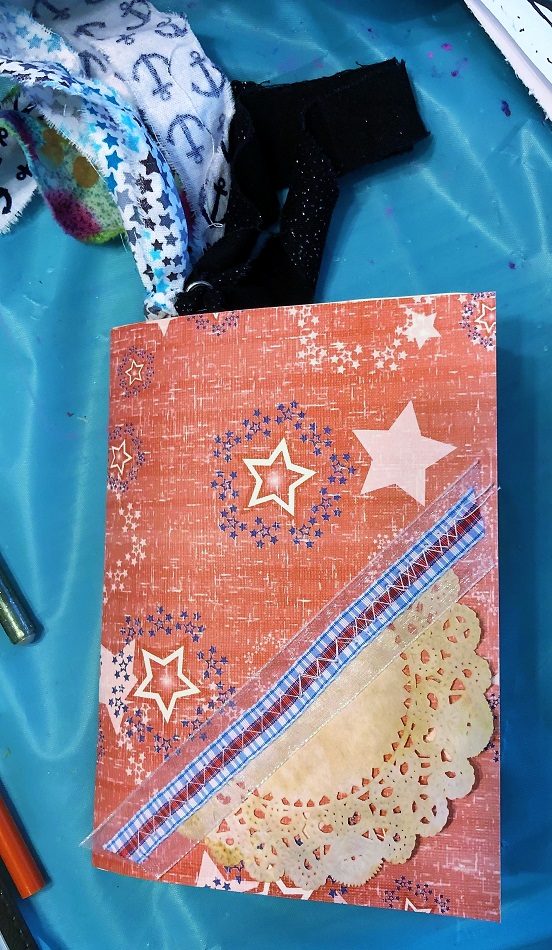
In 1 Peter 1:24-25 in the interleaved bible I made a Distress Ink background with blender tool, stamped in versamark and embossed with gold, colored with colored pencils and lettered with Micron pen.
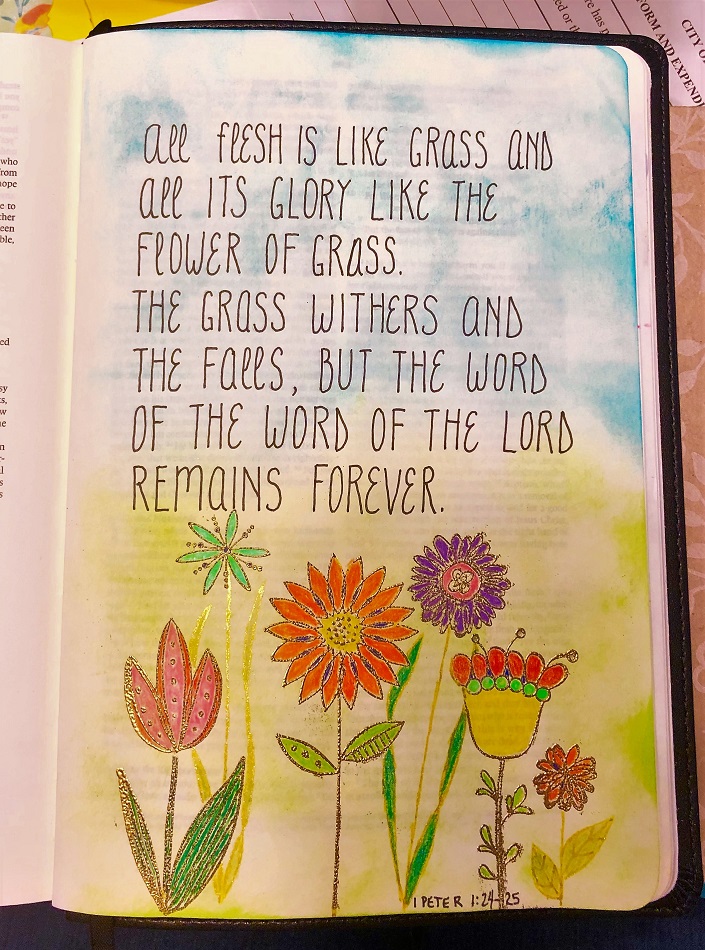
And the last one that I did during 'free time' and not from anything we had covered in the lessons.
I did this in Song of Solomon 2:1 in my Journal the Word bible.
Method uses packing tape over a printed image with a white background. This is burnished well and then placed in a bowl of water to soak. When it is thoroughly soaked you lay it face down on a towel and use fingertips to rub away the paper. Soak and rub, soak and rub till all of the white paper is gone, leaving just the image on the tape.
You allow the tape to air dry and it is still sticky. Just place in the margin and trim the edges.
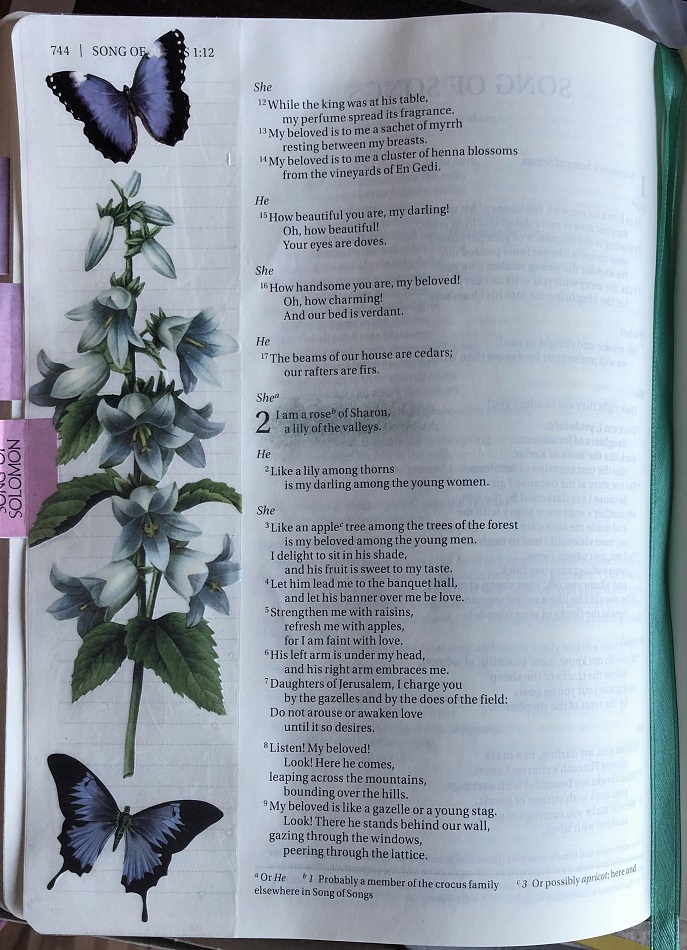
So that is it - the sessions were held over two days so we really accomplished a lot.
Ddd
Posted by studio3d@ccgmail.net
at 12:01 AM PDT

